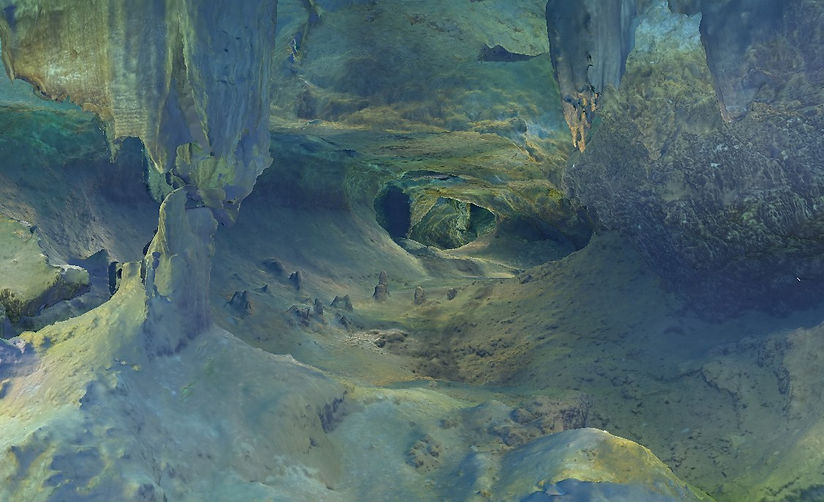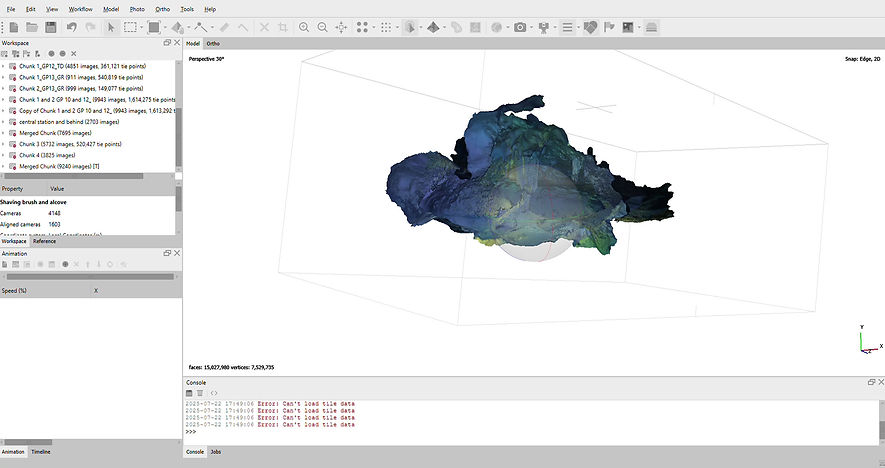
McCavity Cave
Mcavity Cave is part of the extensive Wellington Caves karst area in New South Wales, which is internationally renowned for its rich fossil discoveries and unique geological features. The underwater section known as Mcavity is accessed through Limekiln Cave, one of the water-filled caves explored by members of the Sydney University Speleological Society (SUSS).
The name “Mcavity” was chosen by diver Simon McCartney, reflecting both the mysterious nature of the cave and homage to the famous literary character. The cave environment is known for having poor airflow and elevated carbon dioxide levels, adding to the challenges for divers. Due to fluctuating water levels, parts of the cave are sometimes submerged or partially accessible, with some groups using extra air tanks and hookah hoses to safely enter.
Mcavity Cave sits within a region famous not only for adventure activities like cave diving but also for its fossil heritage, including the first Australian marsupial fossils and Pleistocene megafauna remains. Wellington Caves itself hosts several show caves, phosphate mines, and fossil hunting opportunities, contributing to both scientific knowledge and tourism.
Mcavity Cave is a distinctive part of Wellington Caves prized for its underwater exploration, geological intrigue, and place within a celebrated fossil and cave system in NSW. This makes it an exciting destination for cave divers and geology enthusiasts alike.
McCavity Cave Virtual Model
McCavity Cave is a Jewl of NSW Cave diving. It might not be the largest, but it is a beautiful and complex cave featuring impressive decorations. The Cave was first captured in June 2025 by Greg Ryan and Tam Durney. The model include some 20,000+ photos consisting of various chunks which are still in the process of being aligned. Below is merely a snippet of the cave to show it's beauty, and how important this survey will be for cave conservation and research.

 |  |  |  |  |
|---|---|---|---|---|
 |  |  |  |
